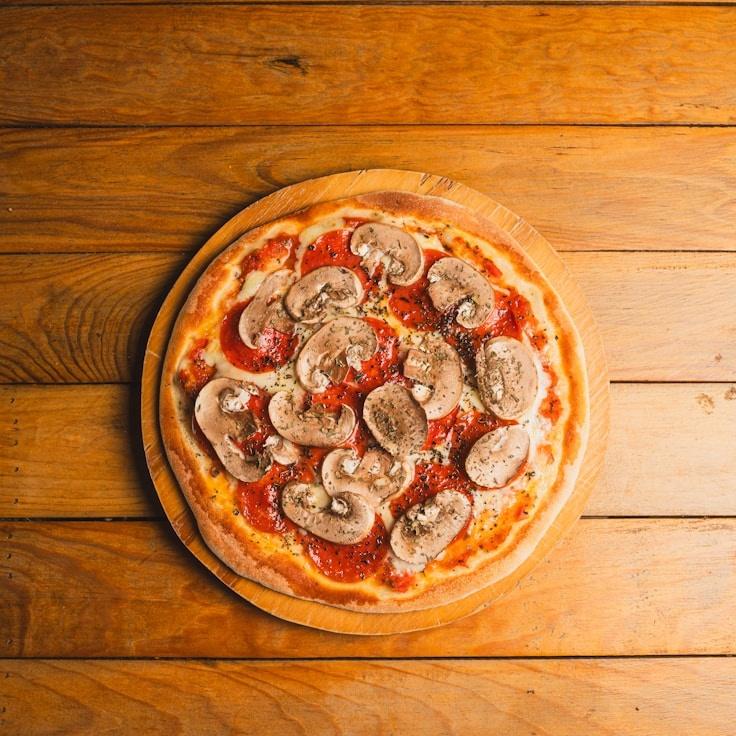At GreenHollow, our philosophy is that extraordinary pizza is birthed from extraordinary dough. With over thirty years of refining our mixture, we're thrilled to unveil some of our dough-making wisdom. Our complete recipe remains a closely-guarded family tradition, but these guidelines will aid you in producing pizza dough of professional caliber right in your own kitchen.
Flour's Significance
A first-rate pizza dough demands superior flour. 00 flour, which is a finely milled Italian variety and contains a reasonable protein level (approximately 12%), is the cornerstone for creating dough that is both robust and supple. In the absence of 00 flour, a viable alternative is bread flour, though the end texture will differ slightly.
Considerations of Water Temperature and Dough Moisture
The temperature of your water can have influence over the rate of fermentation and overall structure of the dough. Cold water at 45°F (7°C) is optimum for an elongated fermentation process, which imparts a richer taste, while warmer water at 85°F (29°C) can speed up the process. The ideal water-to-flour ratio, or hydration level, sits between 60-70% for conventional home ovens.
Less Yeast, More Patience
A well-developed flavor in the dough is achievable by utilizing minimal amounts of yeast and allowing for extended fermentation periods. With a mere 0.2% fresh yeast in proportion to the flour, our dough undergoes a fermentation period of 24-48 hours. This gradual pace not only enriches the flavors but also results in a more digestible dough.
The Dual Role of Salt
Salt isn’t solely a flavor enhancer in your dough – it also reinforces the gluten network and moderates fermentation. We suggest using finely ground sea salt at a proportion of 2.5-3% relative to the flour, incorporating it once the amalgamation of flour and water has commenced to avoid any direct interaction with the yeast.
Fermenting: A Culinary Craft
Following the mixing process, let the dough go through a primary bulk fermentation at ambient temperature for two hours. Afterward, divide it into separate portions, place them in sealed containers, and chill them for 24-72 hours. During this stage, the cooling period promotes enzymatic activity, which converts starches into sugars and results in delicious flavors and the crust's characteristic golden hue.
Gentle Dough Manipulation
When it's time to bake your pizza, take the dough out of the fridge one to two hours prior to ensure it reaches room temperature. Maneuver the dough delicately to retain the carbon dioxide bubbles. Instead of rolling, press and shape the dough using your fingers to keep these air pockets intact.
The Importance of Oven Heat
In contrast to our professional wood-fired ovens that reach 850°F (454°C), domestic ovens peak at roughly 550°F (288°C). To bridge this gap, we advise preheating a pizza stone or steel for at least an hour to generate sufficient bottom heat, essential for a perfectly crisp crust and a light, airy crumb.
The endeavor to master pizza dough is ongoing, as every mix brings new insights. We encourage you to note down observations, tweak aspects, and find the perfect method for your home setting.
To witness our pizza dough craftsmanship firsthand, consider attending one of our pizza-making events. Chef Luca will demonstrate these techniques comprehensively at our monthly workshops. For forthcoming sessions, please check our event schedule!

